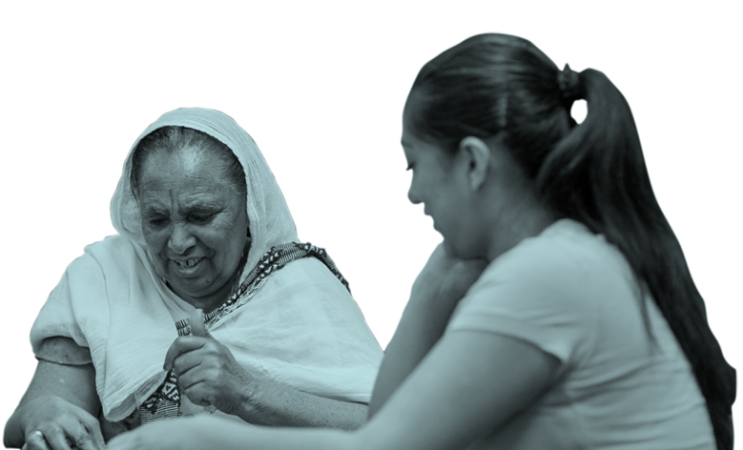Application, Interview and Orientation
Learning about the strengths and skills that each volunteer brings to your program is the first step in creating a positive relationship. The application, interview and orientation process, including reference checks, is a time for mutual vetting. It lets volunteers get to know your program. It also gives coordinators a clear idea of how a volunteer's assets can best serve the mission of their program.
First Point of Contact: Informal Screening
A coordinator can often determine a volunteer’s interest through the first e-mail, phone call, or walk-in discussion. A brief overview of the program, current volunteer needs, and basic expectations would be appropriate for a first point of contact. Outlining the most important expectations can save you time and money training a volunteer who will ultimately not commit to your program. Here are some questions to get answers to before a volunteer begins service in your program:
- Are they willing to consistently commit to the required time, day, and session length?
- Do they have a basic understanding of what they are applying to do?
- Do they understand the preliminary background of the program?
- What interests them in volunteering for the program?
Many prospective volunteers find it useful to read a Position Description and see an outline of the Steps for Becoming a Volunteer Teacher.
Formal Screening
A sound system for ensuring prospective volunteers are a good match for working with adult learners is critical for each program, regardless of its size or the volunteers’ responsibilities. Formal screening tools may include:
1. Volunteer Applications
2. Volunteer Reference/Background Checks
3. Interview and discussion of the position description
Orientation
Orientation is an important way to welcome new volunteers and help them begin on solid footing. The goal of an orientation session is to introduce the volunteer to your program, the classes and services it offers, and the resources available to the volunteer. This can be done individually or within a group. Whichever way you choose, it's a time to make sure volunteers understand their position, supervisory roles, responsibilities and other administrative or programmatic policies at your learning center. Learn more...
Orientation may include:
- Tour of the building and classrooms
- Scheduling and calendar of important dates
- Curriculum and resources available
- Observing a class
- Choosing an appropriate volunteer placement
- Basic volunteer policies and expectations, such as:
Rights and Responsibilities of Volunteers
Volunteer Confidentiality Statement
The following checklists may be used to document the application, interview and orientation process:

